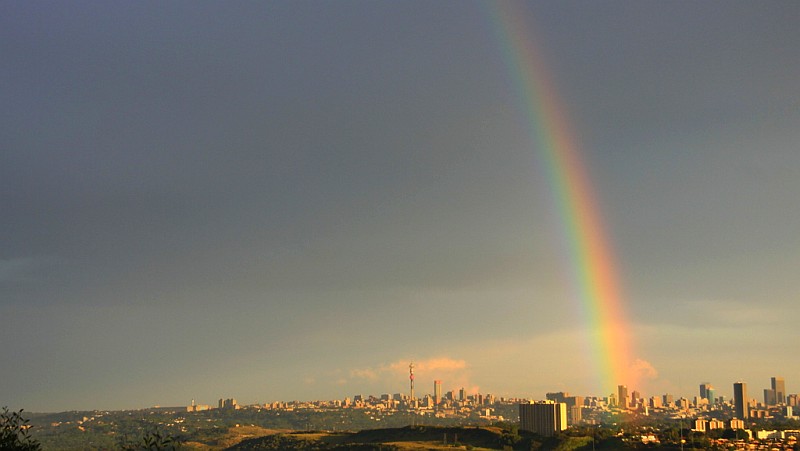South Africa is in for a much hotter and drier summer than normal, new data from the South African Weather Service (SAWS) suggests.
SAWS on Monday issued its latest seasonal outlook, focussing on the period between November 2019 to February 2020.
No ad to show here.
It noted that during these four summer months, regions in eastern South Africa can expect “below-normal rainfall”.
The news is worrying, especially considering summer rainfall has arrived late in this region. Think Gauteng, parts of KwaZulu-Natal, Limpopo and Mpumalanga. The first significant summer rains only occurred at the beginning of November, and not late September as is usually the case.
MEDIA RELEASE: Seasonal forecast for summer 2019/2020 and the current state of drought in South Africa.
Kindly find the good read below… @ReenvalSA @ThobelaFMYaka @SAgovnews @FarmersWeeklySA @Farming_SA @SABCNewsOnline @AlgoaFM @ligwalagwalaFM pic.twitter.com/fVDZ9VveEi— SA Weather Service (@SAWeatherServic) November 4, 2019
But this is only the tip of the metaphorical iceberg (before it melts, really, really quickly).
The lack of normal rainfall will be compounded by higher-than-normal temperatures, SAWS adds.
It also noted that two other prediction models from Colombia and Copernicus suggest an “even higher and more widespread possiblities of below-normal rainfall and above normal temperatures”.
What does this mean?
Beyond the weather jargon, this means a warmer and drier than normal summer for cities like Johannesburg and Pretoria.
Much of the eastern regions of South Africa have already been plagued by heatwaves in recent weeks.
For farmers, the lack of rainfall means a low soil moisture and less water for irrigation. Yields may be affected.
SAWS notes that livestock will also be impacted due to higher temperatures.
Moreover, especially for us humans, higher temperatures mean “an increased energy demand for cooling and groundwater pumping”, which further strains the likes of the already stressed Eskom.
What about central and western regions?
It’s not all bad news across the entire country, though.
SAWS’ report suggests an above-normal rainfall figures for the west and central regions of South Africa.
In 2018, Cape Town stared a severe drought in the face which left its largest dam, the Theewaterskloof, a little over 10% full. At the time of writing, that same dam is 75.5% full — its highest levels since 2015.
Cape Town and its surrounds have already experienced above-normal rainfall this summer, with the recent cold fronts pushing October’s rainfall amounts well beyond their long-term averages.
Feature image: a rainbow arcs across Johannesburg’s CBD in 2012, by Derek Keats via Flickr (CC BY 2.0)
